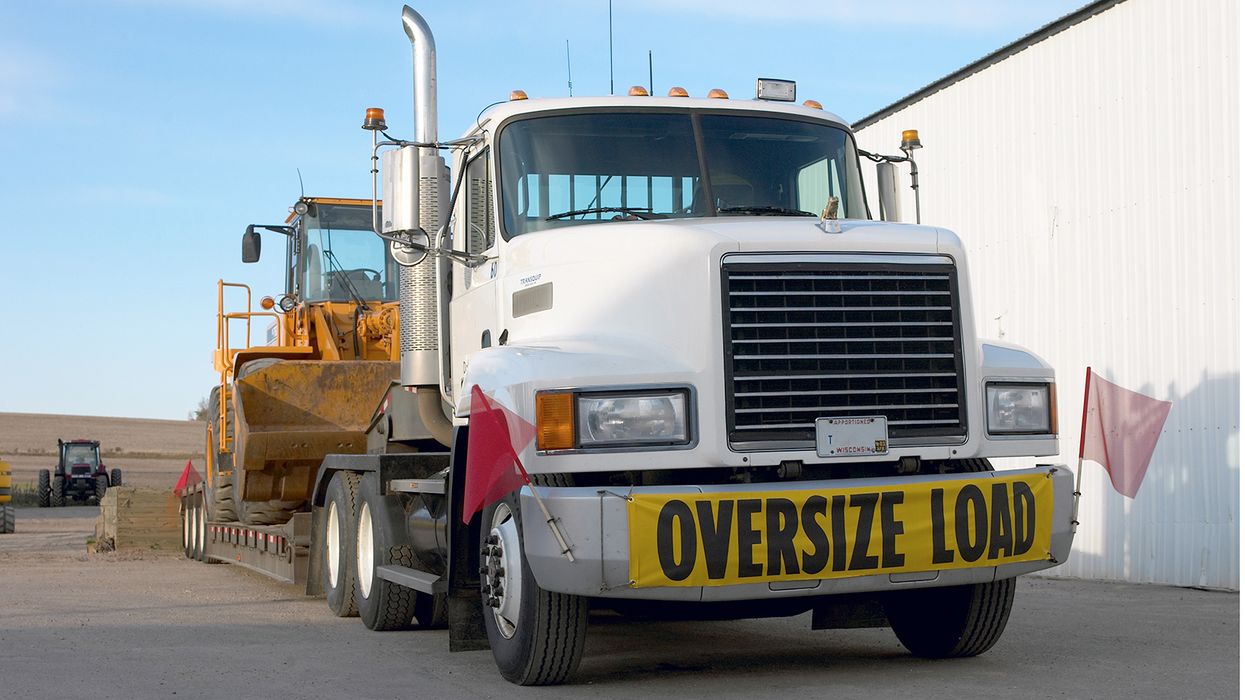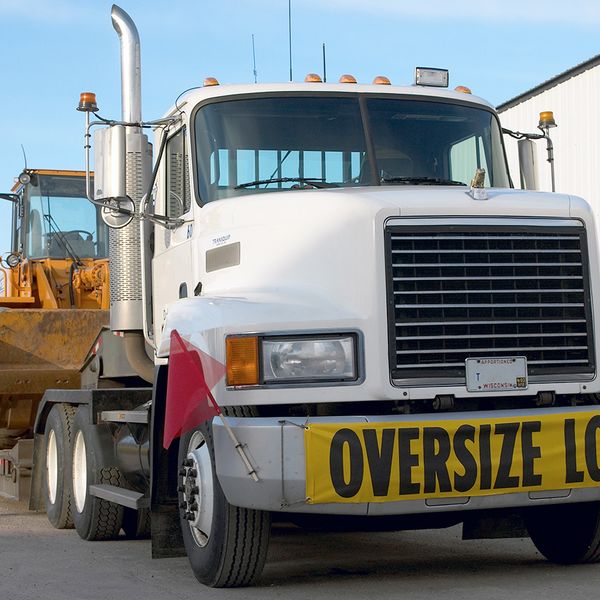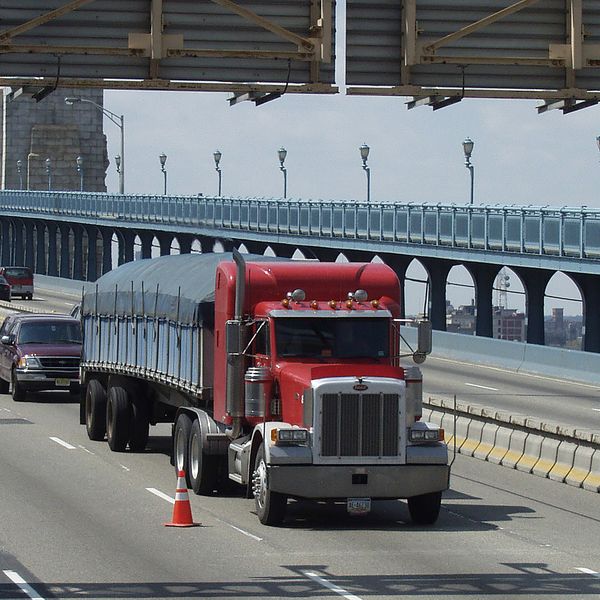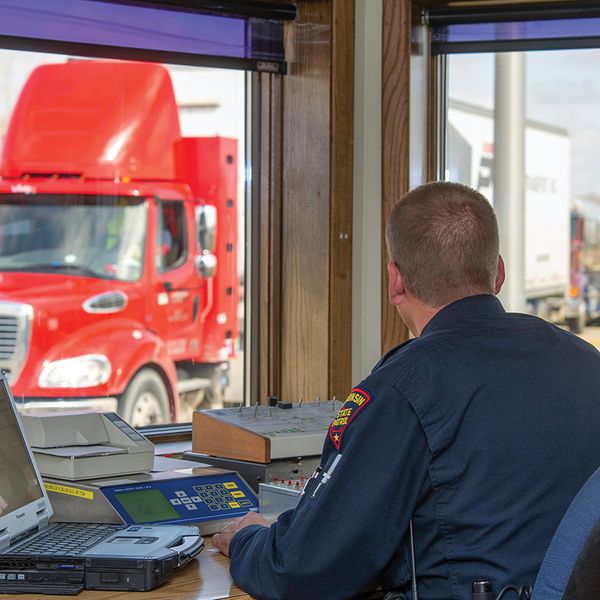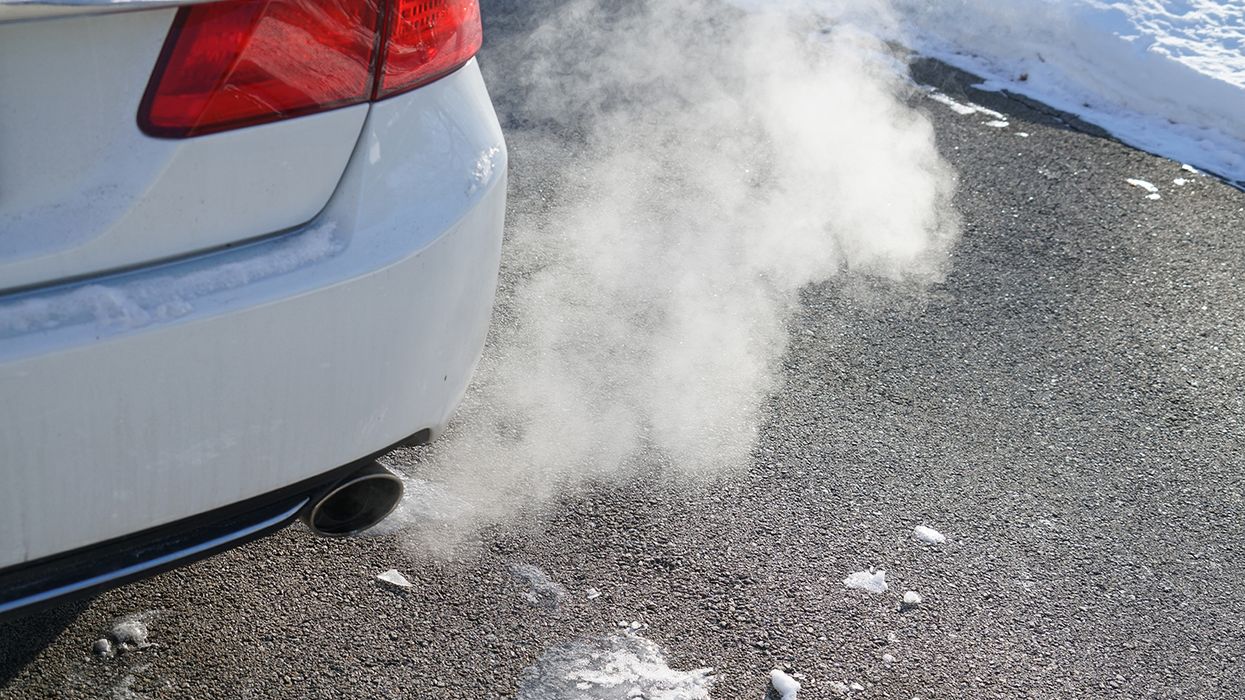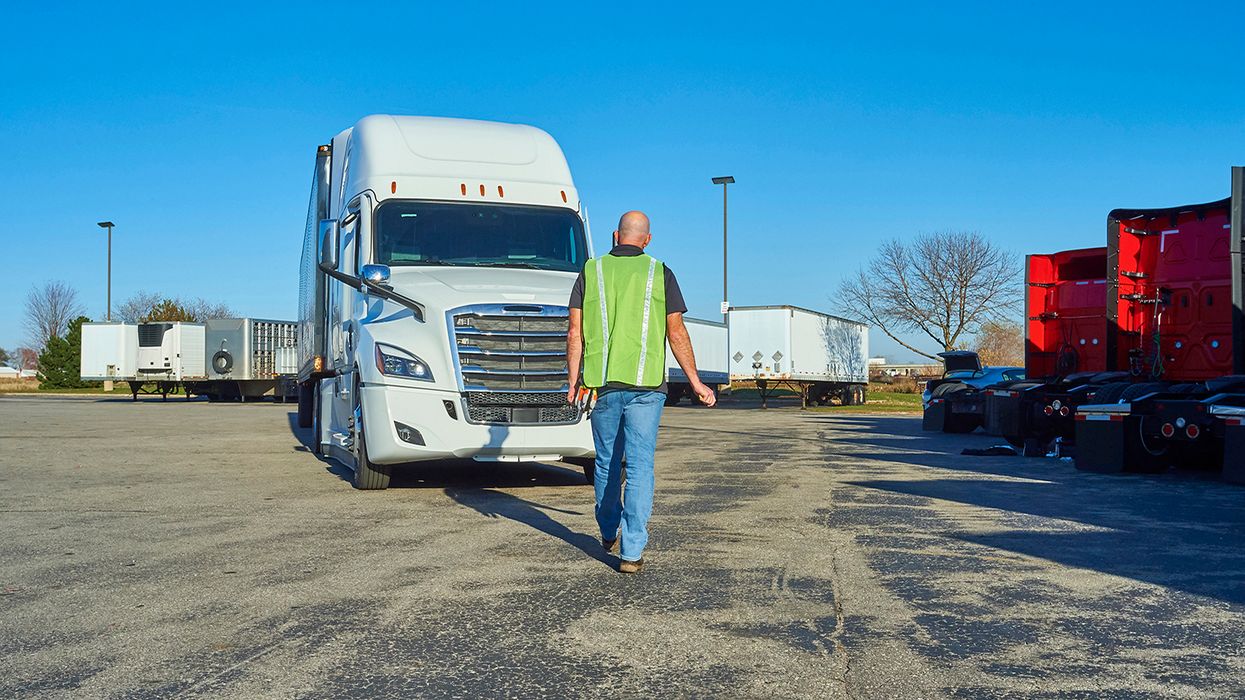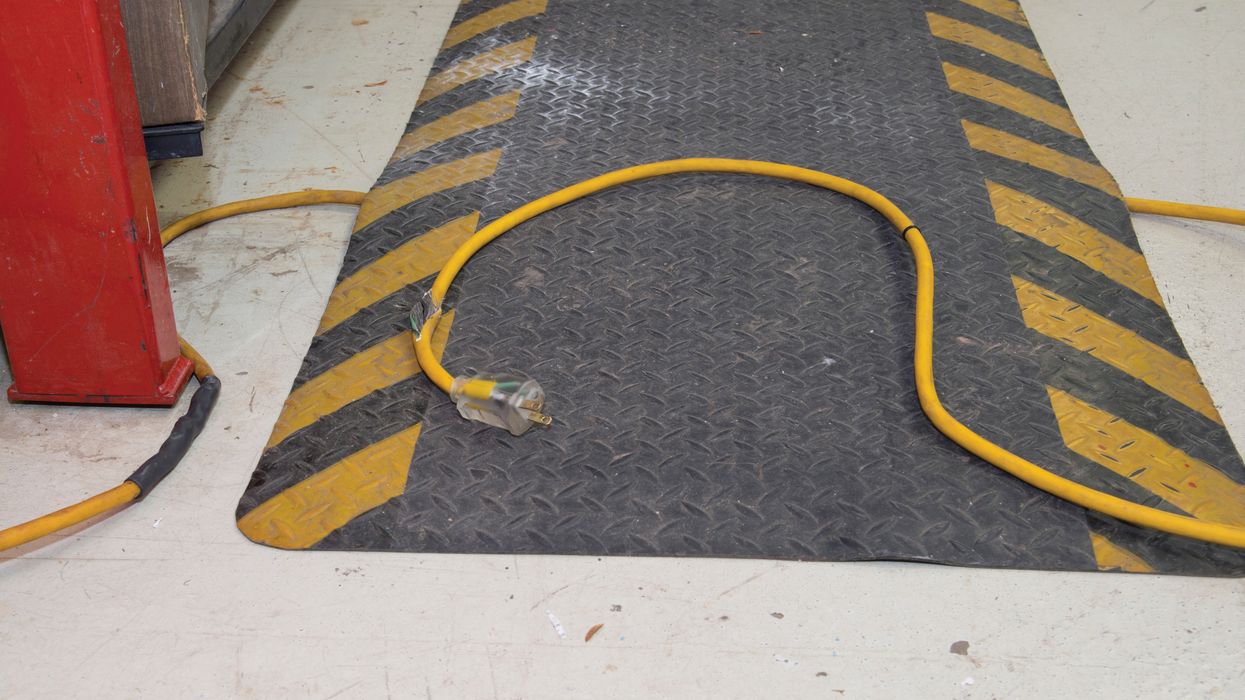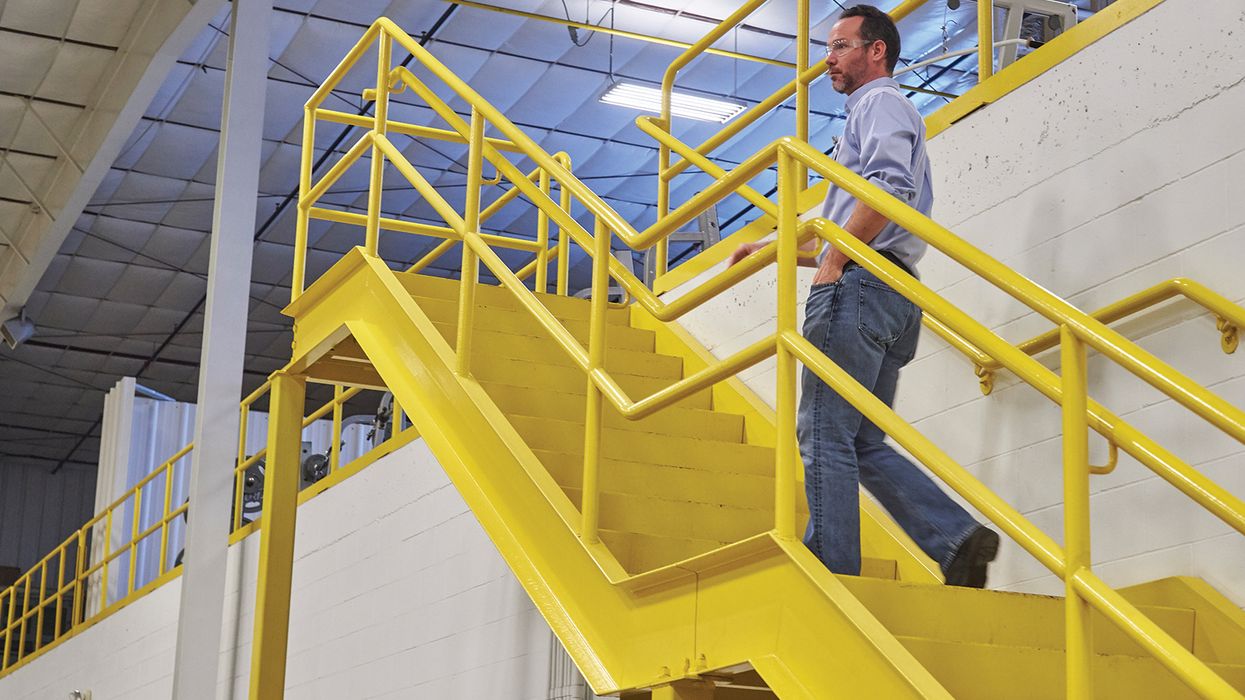Steer clear of bridge mishaps
Bridges play a crucial role in transportation networks, connecting communities and facilitating the flow of goods and people. Truck drivers must be mindful of posted weight and height restrictions when approaching these structures. Ignoring or underestimating bridge restrictions can have serious consequences, ranging from safety hazards to long-term infrastructure damage.
Federal Bridge Formula
Bridges across the country have size and weight requirements attached to them. Smaller bridges that are unable to handle an 80,000-pound truck typically have the limit noted on the structure. Through a federal mandate in 1994, the Federal Bridge Formula was introduced saying states must establish specific size and weight requirements for bridges. The limits may not be exceeded even if operating under an overweight permit or a special exemption.
The formula is used to determine the minimum weight requirements all states must allow on the designated highways, interstate, or national network roads. While most states have adopted the federal formula, some create their own for the roads and bridges in their states.
Avoiding risky situations
While bridges may look like they can handle the weight of a heavy truck, drivers must trust the official limits, not their gut feeling.
Weather conditions, especially snow and ice, can cause those heights and weights to vary. A 14-foot high bridge clearance can decrease with packed snow or ice on the surface. Some roads could be subject to weight restrictions during the spring since heavy trucks could damage the roads as they thaw from the winter.
Road and bridge construction and repaving can also add inches to a road and further reduce the height when traveling under an overpass. What seems like a small increase could mean all the difference between getting through with no trouble or a trailer catching the bottom of the overpass and crashing.
Appendix A to Part 658 of the Federal Motor Carrier Safety Regulations includes the National Network, a list of interstate highways and important state-designated highways that show where federal size and weight requirements are enforced.
Make sure your drivers check their routes before leaving on a trip to ensure the roads can handle their loads and avoid a bridge that could collapse when traveling over it. Drivers should also know the dimensions and weight of the assigned truck and cargo before trip planning or leaving a shipper. The extra planning is a worthy investment, and it might help avoid embarrassing headlines and photos, as well as injuries.
Key to remember: Make sure drivers check routes before leaving on a trip to ensure they can safely navigate bridges and overpasses.

